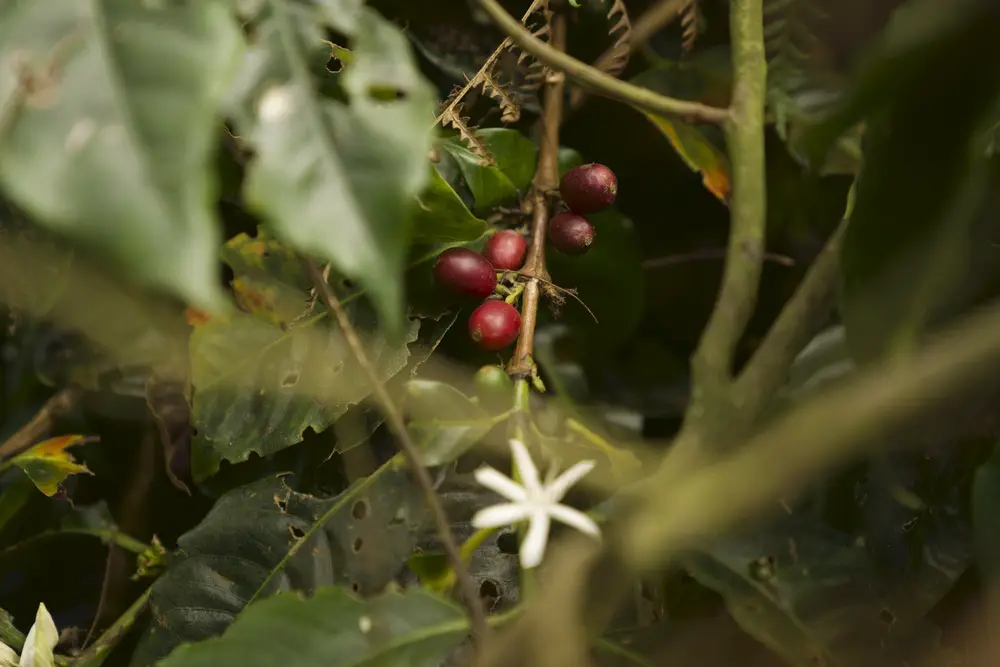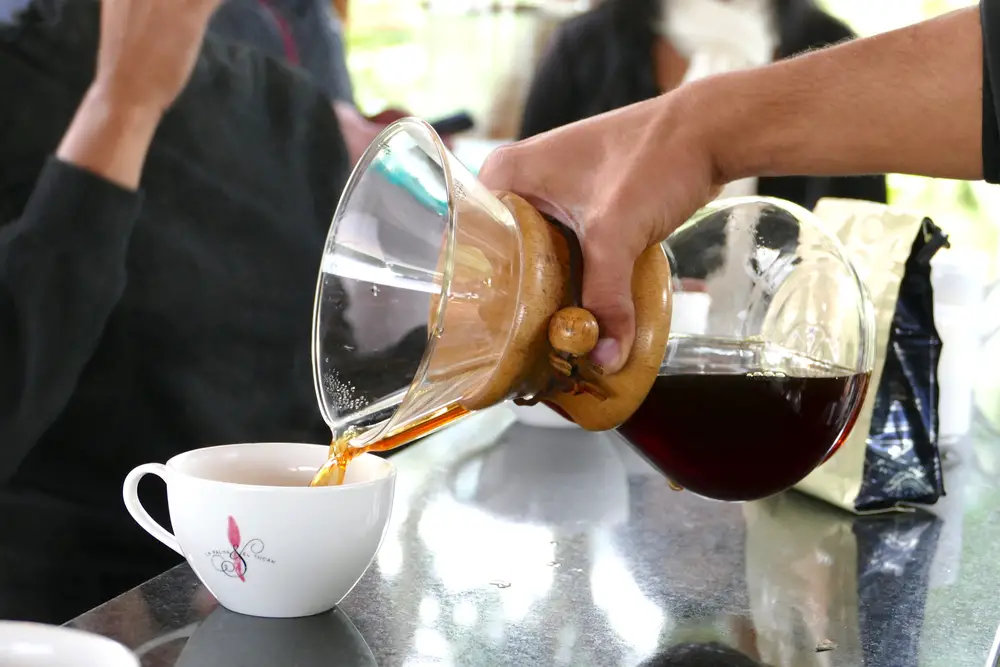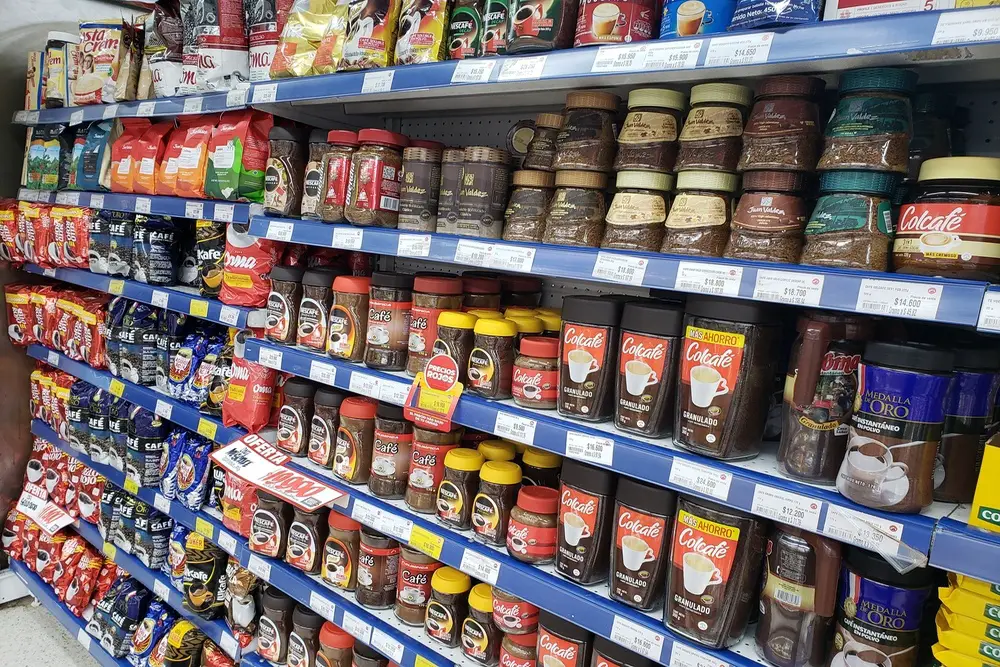Table of Contents
Origin of coffee in Turkey
The first coffee made in the Arabian Peninsula by boiling coffee cherries was introduced in Istanbul in 1543 by Özdemir Pasha, the Ottoman governor of Yemen, who learned about and fell in love with the drink while traveling around the country.
Socioculture in Turkey
The Turkish community got to know coffee through the establishment of coffee houses. The first coffeehouse opened in the Tahtakale district in 1554, and more quickly sprang up around the city.
This quickly developed into a social culture in Istanbul as people would go to the coffee houses to read books, play chess, discuss literature or even hold business meetings.
Over time, coffee became a staple in palace kitchens and in private homes. Dried coffee cherries were sold in the markets, roasted in pots and then ground in mortars.
Coffee was important at every gathering, and serving coffee to dear friends is still a tradition.
Coffee colonization
Thanks to the efforts of traders and travelers passing through Istanbul and even Ottoman ambassadors, Turkish coffee became well known and so popular that it soon spread to Europe and then around the world as travelers and ambassadors brought some of it and it so made famous.
The beginnings of the coffee industry in Turkey
In 1871, Kurukahveci Mehmet Efendi was the first company to sell roast and ground coffee to the public.
Because of this, Turkish coffee is now synonymous with Kurukahveci both in Turkey and the rest of the world.
Types of coffee preparations in Turkey
As you might expect, new coffee combinations have been developed over time, some of which I would like to present to you here.
The famous Turkish coffee
Turkish coffee is made from high quality Arabica coffee beans that are blended, carefully roasted and finely ground to the consistency of flour.
The coffee is mixed with water and the desired amount of sugar, then brewed in a “cezve” or “güğüm”, a Turkish copper pot.
It is served in small batches without a handle and is always left to steep for a while before drinking. You should wait until the coffee grounds have settled on the bottom of the cup.
This coffee is considered one of the most delicious and most famous variations.
Turkish coffee with milk
The Turkish milk coffee is not the same as the coffee that we drink in other parts of the world and call “milk coffee”. The Turkish milk coffee is made with milk instead of water, while the latte is made with water and mixed with a little milk after preparation.
Turpentine coffee
To prepare this coffee, water, coffee and a little turpentine are added. Turpentine is a liquid secreted by pine trees. It is very aromatic and gives the coffee a fragrant taste with spicy notes.
Dibek coffee
Dibek coffee is not actually a type of preparation, it is so called because the coffee used to be crushed with a large stone or wooden mortar called “Dibek”. Since then, some coffee brands have used this name, containing mainly Turkish coffee, cardamom, coffee creamer and cocoa, sometimes also carob, mastic, thyme, mint, etc.
Myrrh
Myrrh is offered in a cup even smaller than the typical Turkish coffee. She has no handle. This coffee is steeped a few times, the process is a little long and not very easy, but the result is exquisite. Its taste is a little bitter and myrrh is consumed on special dates because, as said, the process takes longer than usual.
Flirty coffee
This coffee comes from the city of Manisa and is prepared like a traditional Turkish coffee. What makes it special is that it is sprinkled with small pieces of salted almonds.
Sand coffee
This coffee is prepared on hot sand. The copper pot (cezve) is placed on the sand and heated as usual. This process cooks the coffee evenly. It used to be cooked in the ashes of barbecues, which is why it is also called “coffee ash”.
Interesting facts about coffee in Turkey
One way to differentiate countries is through culture and traditions. Strange as it may sound, coffee plays a very important role in marriage and in the life of a “functional” home.
Marriage and coffee with salt
This Turkish tradition of salty coffee is performed when the groom proposes to his bride. This usually happens with a bouquet of roses, the ring and attendants. After the man has proposed to her, the bride has to prepare a salty coffee. It’s a way for the man to show his love and appreciation by drinking it this way.
The coffee with salt does not taste good. If the man drinks the coffee and doesn’t blink, it bodes well for the future of this marriage.
No coffee, no divorce!
In 15th-century Turkey, women had legitimate grounds for divorce if their husbands did not provide them with the required subsistence allowance.
This may sound crazy, but it only reflects the great importance of coffee in Turkey, as it is part of their culture and tradition.
Good coffee, good woman
In this culture, just a few years ago, couples were chosen or rejected by their future husbands or fiancees based on the way they prepared their coffee.
This means that before starting a relationship or before marriage, the woman had to make coffee for the boy, and if he did not like the coffee, the man did not choose her.
The delinquent coffee
In 1656, the Ottoman Grand Vizier Koprulu enacted new laws banning coffee because he believed it promoted revolutions. The vizier was bothered by the fact that the men met in the coffee houses. So he decided to close the coffee houses and levy heavy taxes on the coffee. However, the people then protested and Wazir had no choice but to cut taxes and end the political war with the leaders and not mess with the coffee.
Your future in coffee
This practice was not unique to ancient times. There are still people who read the future from coffee grounds. The coffee is drunk first, then with the rest that remains in the cup, the future is predicted.
This practice is called coffee grounds reading. The person who does the interpretation is called the coffee interpreter.



